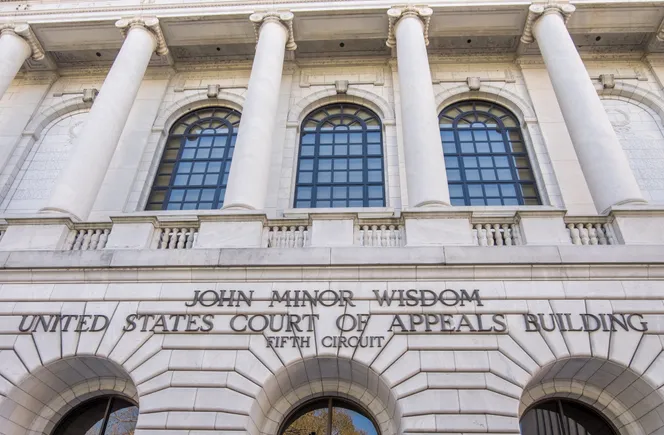Dive Brief:
- The HR department of MDSine, LLC, doing business as Surgery Center of New England in Springfield, Massachusetts, allegedly failed to investigate reports that two male employees took inappropriate photos of a female X-ray technician, according to an Aug. 16 lawsuit (McDonald v. MDSine, LLC, d/b/a Surgery Center of New England).
- After taking the photos, the employees, one of whom was a supervisor, distributed them to the staff, the lawsuit alleged. Reports were made to HR, which said it would investigate but allegedly never initiated an investigation, according to the lawsuit.
- When the X-ray technician learned of the photos and that all or almost all of her co-workers had seen them, she allegedly suffered severe emotional distress and was forced to resign due to the center’s failure to take action, the lawsuit said. She sued the center under Massachusetts law for sexual harassment, sex/gender discrimination and for allegedly failing to take reasonable steps to ensure the misconduct would stop.
Dive Insight:
HR Dive reached out to Surgery Center for a comment and did not receive a response prior to press time.
Conducting investigations into workplace wrongdoing is crucial for several reasons, experts say.
First, investigations give HR the opportunity to fix the problem before it festers, a CEO of a workplace investigation platform told attendees during a 2019 SHRM conference.
They’re also necessary because something that starts out as a relatively small matter can result in a multimillion-dollar jury verdict if the employer fails to act, an attorney told the audience at another SHRM presentation.
Importantly, under Title VII of the Civil Rights Act of 1964, an employer can avoid liability for a supervisor’s harassment that results in a negative employment action, such as termination, only if it can prove it reasonably tried to prevent and correct the harassing behavior and the employee unreasonably failed to take advantage of preventative or corrective opportunities, a guidance from the U.S. Equal Employment Opportunity Commission states.
Also, employers are liable for a nonsupervisory employee’s unlawful harassment if they knew or should have known about the harassment and failed to take prompt and corrective action, the EEOC guidance adds.
HR’s obligation is to conduct an investigation in good faith and come to a well-reasoned conclusion, the attorney said. This includes being adequate and thorough, ensuring fairness and a lack of bias and maintaining strong documentation, his colleague added.
To improve their investigations, the CEO suggested HR embrace three practices: Develop a formal procedure, which provides accountability and guidance during difficult investigations; know what to say to employees who come forward; ask for accuracy, listen actively and know what to do with the details that are uncovered; and end the investigation to keep it from lingering.
If remote workers are involved, investigations can get tricky, an attorney previously told HR Dive.
But HR should take complaints of wrongdoing in a remote workplace as seriously as if the complaint originated at the office and follow the same framework for investigating it, including promptly looking into all allegations and always starting with a clear understanding of the alleged misconduct, the attorney said.
In the end, despite an investigation’s stressful nature, it can be turned into something positive: It’s a chance to earn employee trust and build a stronger culture, the CEO noted.
The X-ray technician alleged that about two months after the photos were taken, the center received an anonymous letter complaining about them. She was called into the administrator’s office and asked about “photos,” to which she responded in the negative because she didn’t know about them at that point.
The employees who took the photos were not disciplined, the lawsuit alleged.






Leave a Reply